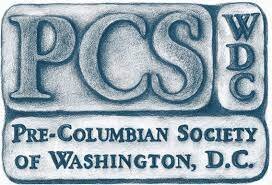This talk presents the results of recent excavations in the Huanchaco area of Peru, located approximately 2 kilometers north of the Chimú capital of Chan Chan. In this area, archaeologists have unveiled a single sacrificial event around AD 1400–1450 and, more recently, at least four new mass sacrificial events over a 400-year period. This suggests that not all child and camelid sacrifices in the Huanchaco area were responses to climatic disruptions such as ENSO events, as was the hypothesized motivation at Huanchaquito-Las Llamas. Also, radiocarbon dates now indicate that sacrifices continued to be practiced following the Inca conquest of the north coast. Were child sacrifices during the Late Horizon a local variant of provincial Capa Cocha, or did the Inca Empire adopt child sacrifice from the Chimú? The diversity of body disposals, associated offerings, and fancy clothing found with some victims reveals a more diverse and complex program of ritual sacrifice than previously recognized, and suggests that child sacrifices played an important role in Chimú religion and political strategies rather than a singular response to environmental crisis.
Gabriel Prieto is an Assistant Professor at the Department of Anthropology at the University of Florida. Since 2010 he has been working in the Huanchaco area, digging approximately 10 archaeological sites that are the result of more than 3,500 years of continuous cultural occupation. His main interests are in fishing settlements and their social dynamics and economic interactions before the Spanish conquest of the Andes. He has published several peer-reviewed articles and co-edited books on Andean archaeology. More recently, he is interested in ritualized violence in the past and human sacrifice. His discoveries at Huanchaco on child and camelid sacrifice are considered the largest of the ancient world. Most of his research is supported by the National Geographic Society and other American and Peruvian entities. He received his MA and PhD degrees from Yale University.

